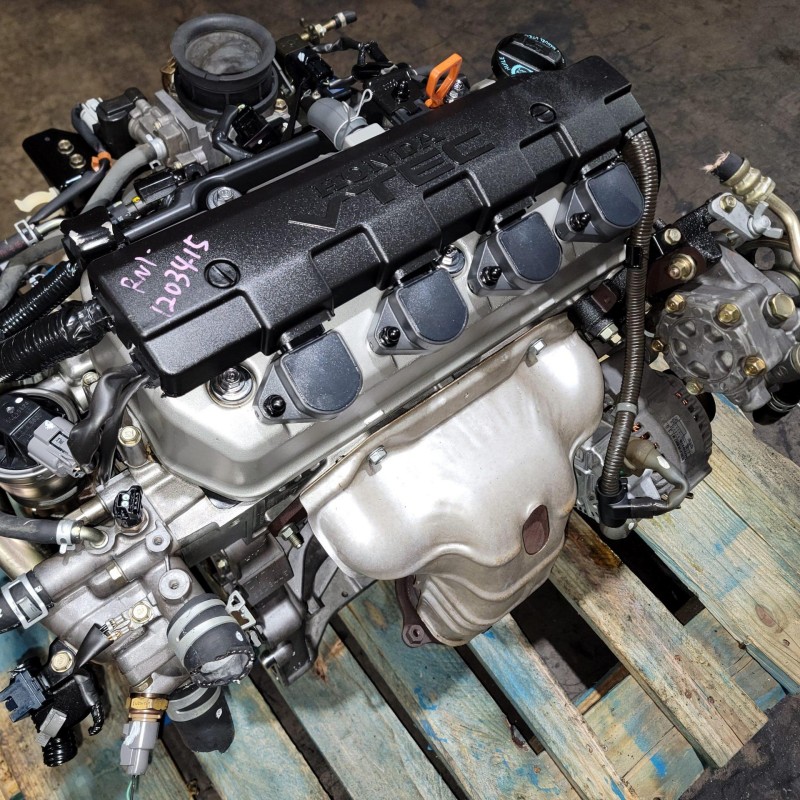Introduction to Motorcycle Air Conditioners: Why Riders Need Them
A motorcycle air conditioner is no longer a luxury but a necessity for riders who want to stay comfortable in extreme weather conditions. Whether you’re navigating sweltering summers or humid climates, a motorcycle air conditioner ensures you maintain focus, safety, and enjoyment on the road. Unlike traditional cooling methods like wearing thick gear or relying on natural wind, a motorcycle air conditioner provides targeted ventilation and temperature control, reducing fatigue and enhancing riding experience.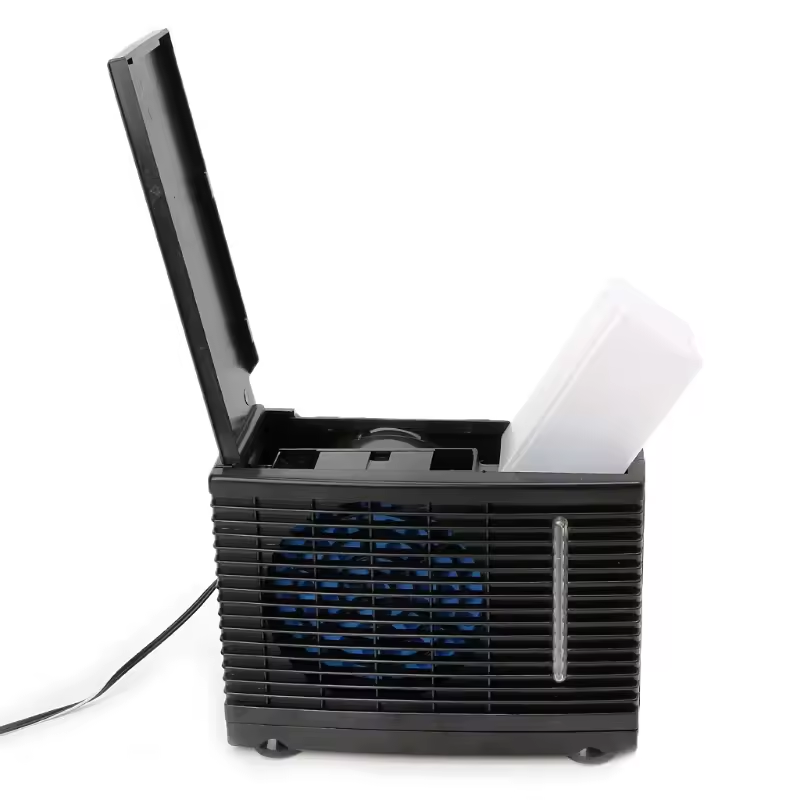
This guide will walk you through everything you need to know about motorcycle air conditioners, from types and features to installation and maintenance. By the end, you’ll understand how to choose, use, and optimize a motorcycle air conditioner for your specific needs. Let’s dive into the details.
Types of Motorcycle Air Conditioners and Their Best Uses
There are several types of motorcycle air conditioners, each designed for different riding conditions and preferences. Here’s a breakdown of the most popular options:
- Portable Motorcycle Air Conditioners:
- Best For: Riders who want flexibility and easy installation.
- Features: Compact, battery-powered, and compatible with handlebars or luggage racks.
- Drawbacks: Limited cooling capacity and shorter battery life.
- Integrated Air Conditioners:
- Best For: High-end motorcycles with built-in climate control systems.
- Features: Seamless integration with the bike’s electrical system and ventilation.
- Drawbacks: Expensive and not retrofittable for older models.
- Helmet Ventilation Systems:
- Best For: Riders prioritizing head and face cooling.
- Features: Uses fans or airflow channels to circulate cool air inside the helmet.
- Drawbacks: May not regulate body temperature effectively.
- Cooling Vests with Built-In Air Conditioners:
- Best For: Long-distance riders in hot climates.
- Features: Battery-powered vests that use Peltier cooling technology.
- Drawbacks: Adds weight and requires frequent recharging.
- Wind-Enhanced Cooling Kits:
- Best For: Budget-conscious riders.
- Features: Uses adjustable vents or deflectors to maximize natural airflow.
- Drawbacks: No active cooling; relies on speed and positioning.
Choosing the right motorcycle air conditioner depends on your riding style, budget, and technical requirements. For example, a portable motorcycle air conditioner suits short commutes, while an integrated system is ideal for touring bikes.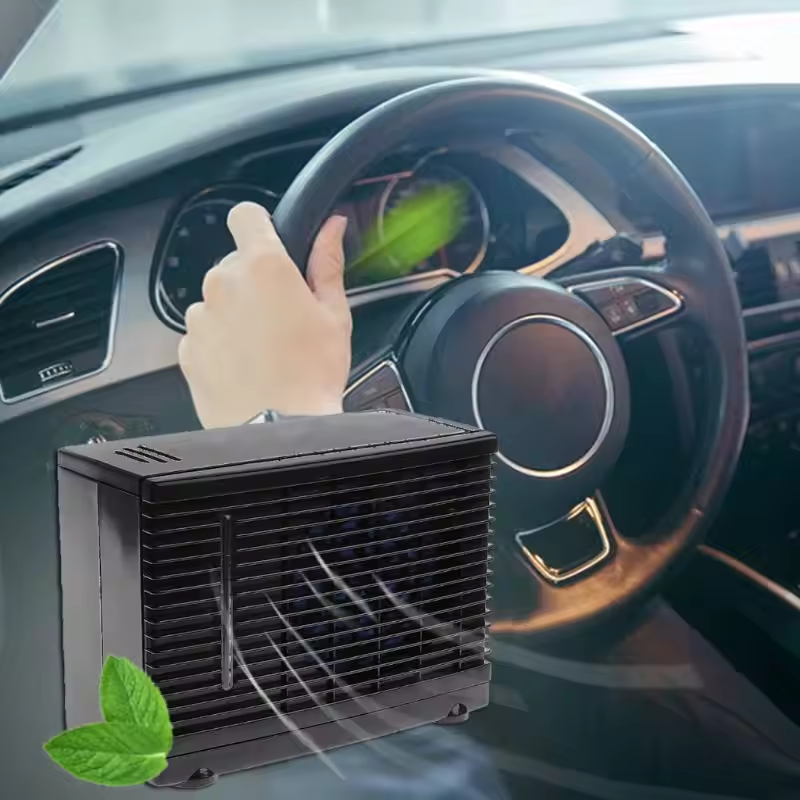
Key Features to Look for in a Motorcycle Air Conditioner
Selecting the best motorcycle air conditioner requires evaluating critical features that align with your needs. Here’s what to prioritize:
- Cooling Capacity and Coverage:
- Ensure the system can cool your body or helmet effectively. Portable units with adjustable airflow settings are ideal for customization.
- Power Source and Battery Life:
- Opt for models with long-lasting lithium-ion batteries or compatibility with the bike’s electrical system.
- Noise Level:
- Low-decibel operation is essential for maintaining communication with fellow riders and reducing hearing strain.
- Durability and Weather Resistance:
- Choose units with IP67 or higher waterproof ratings to withstand rain and dust.
- Ease of Installation:
- Look for plug-and-play systems or kits with clear instructions for DIY installation.
- Compatibility with Your Bike:
- Verify the motorcycle air conditioner fits your bike’s model and doesn’t interfere with controls or safety features.
- Additional Features:
- Energy-Saving Modes: Extend battery life during long rides by reducing power consumption.
- Multi-Zone Cooling: Target specific areas like the chest or back for personalized comfort.
- Intuitive User Interface: Simple controls or smartphone apps for quick adjustments.
- Safety Certifications: Units with CE or FCC approvals ensure reliability and compliance with industry standards.
By focusing on these features, you’ll find a motorcycle air conditioner that balances performance, convenience, and reliability.
How to Install a Motorcycle Air Conditioner: Step-by-Step Guide
Installing a motorcycle air conditioner can enhance your ride’s comfort, but it requires careful planning. Follow these steps for a successful setup:
- Gather Tools and Materials:
- Tools: Wrench set, screwdrivers, wire cutters, and a multimeter.
- Materials: Mounting brackets, wiring harness, and heat-resistant tape. Always wear gloves and safety goggles to protect against sharp edges or electrical hazards.
- Choose the Installation Location:
- For portable units, secure the device to the handlebar or luggage rack. Ensure the location doesn’t obstruct throttle, brakes, or signals. For integrated systems, follow the manufacturer’s guidelines for electrical and mechanical integration.
- Mount the Unit:
- Use non-corrosive screws and brackets to avoid damaging the bike’s frame. Ensure the unit is stable and doesn’t interfere with movement or controls. Double-check alignment to prevent vibration-related loosening.
- Wire the System:
- Connect the motorcycle air conditioner to the bike’s electrical system using a fuse to prevent short circuits. Use heat-resistant tape to insulate exposed wires and avoid moisture exposure. Label all connections for future maintenance.
- Test the System:
- Power on the unit and check for proper airflow and noise levels. Adjust settings to ensure optimal cooling without overloading the bike’s battery. Ride in a safe, controlled environment before long trips.
- Secure Loose Components:
- Double-check all connections and mounting points before riding. Use zip ties or cable clamps to organize wires and reduce vibration risks.
Proper installation ensures your motorcycle air conditioner functions safely and efficiently. If unsure, consult a professional mechanic or the manufacturer’s manual for model-specific guidance.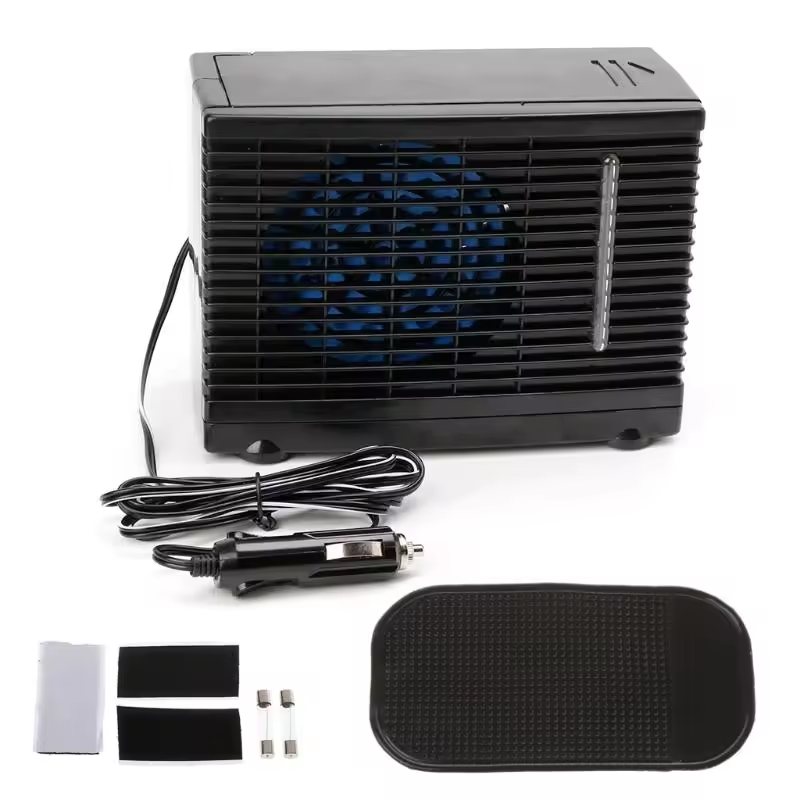
The Role of Air Conditioner Filters in Motorcycle Cooling Systems
Filters are a critical component of any motorcycle air conditioner, directly affecting air quality, system efficiency, and rider comfort. Here’s how they contribute:
- Types of Filters:
- Mesh Filters: Capture large particles like dust and dirt.
- HEPA Filters: Trap microscopic allergens and pollutants (ideal for helmet ventilation).
- Carbon Filters: Absorb odors and chemical fumes from exhaust or fuel.
- Nano-Fiber Filters: Combine HEPA and carbon benefits for superior filtration in compact designs.
- Maintenance Schedule:
- Clean mesh filters monthly with a damp cloth.
- Replace HEPA or carbon filters every 6–12 months, depending on usage. Regular cleaning prevents clogging and maintains airflow efficiency.
- Signs of a Clogged Filter:
- Reduced airflow, unusual noises, or a musty smell from the unit. A clogged filter forces the motorcycle air conditioner to work harder, increasing energy consumption and wear.
- Benefits of Clean Filters:
- Improved cooling efficiency, reduced strain on the system, and better air quality. High-quality filters also extend the lifespan of the motorcycle air conditioner by preventing debris buildup in internal components.
- Environmental and Health Impact:
- Clean filters reduce emissions by preventing contaminants from recirculating. They also protect riders from respiratory irritants, especially in urban areas with high pollution levels.
Investing in the best air conditioner filters ensures your motorcycle air conditioner operates smoothly while safeguarding your health and the environment.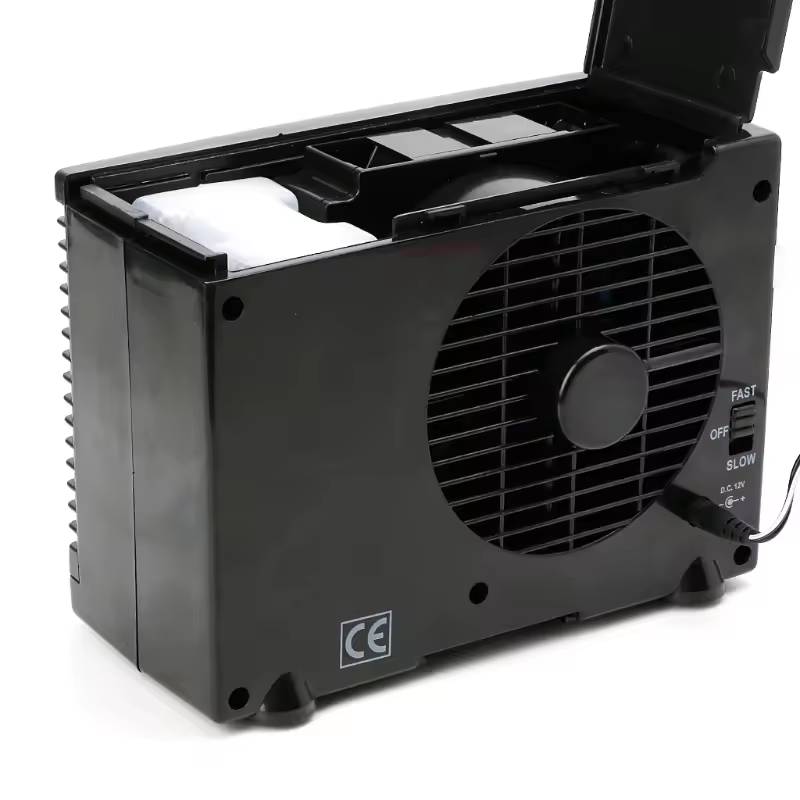
Common Issues with Motorcycle Air Conditioners and Solutions
Even high-quality motorcycle air conditioners can encounter problems. Here’s how to troubleshoot common issues and maintain optimal performance:
- Unit Not Cooling:
- Cause: Clogged filters, low battery, or malfunctioning components.
- Solution: Clean filters monthly with a damp cloth, recharge the battery fully, and replace faulty parts like fans or Peltier modules. For integrated systems, check refrigerant levels if applicable.
- Excessive Noise:
- Cause: Loose mounting brackets, worn-out bearings, or improper installation.
- Solution: Tighten screws and brackets, lubricate moving parts, or replace damaged components. Ensure the motorcycle air conditioner is securely fastened to avoid vibration-related noise.
- Overheating:
- Cause: Poor ventilation, prolonged use in direct sunlight, or inadequate airflow.
- Solution: Park in shaded areas during breaks, ensure vents are unobstructed, and avoid continuous operation beyond 30 minutes without rest. For portable units, use a cooling pad or fan to dissipate heat.
- Electrical Issues:
- Cause: Short circuits, incorrect wiring, or compatibility problems with the bike’s electrical system.
- Solution: Inspect wiring connections for fraying or corrosion, use heat-resistant tape to insulate exposed wires, and consult a technician if the unit draws excessive power. Always use a fuse to prevent short circuits.
- Moisture Buildup:
- Cause: Condensation from humidity or rain, especially in helmet ventilation systems.
- Solution: Use waterproof covers, ensure proper drainage for integrated units, and allow the system to dry completely after exposure to moisture. Replace filters if mold or mildew develops.
Addressing these issues promptly prevents further damage and ensures your motorcycle air conditioner operates efficiently. Regular maintenance, such as filter cleaning and system inspections, also extends the unit’s lifespan. By prioritizing troubleshooting and preventive care, you’ll enjoy reliable cooling and a safer, more comfortable ride.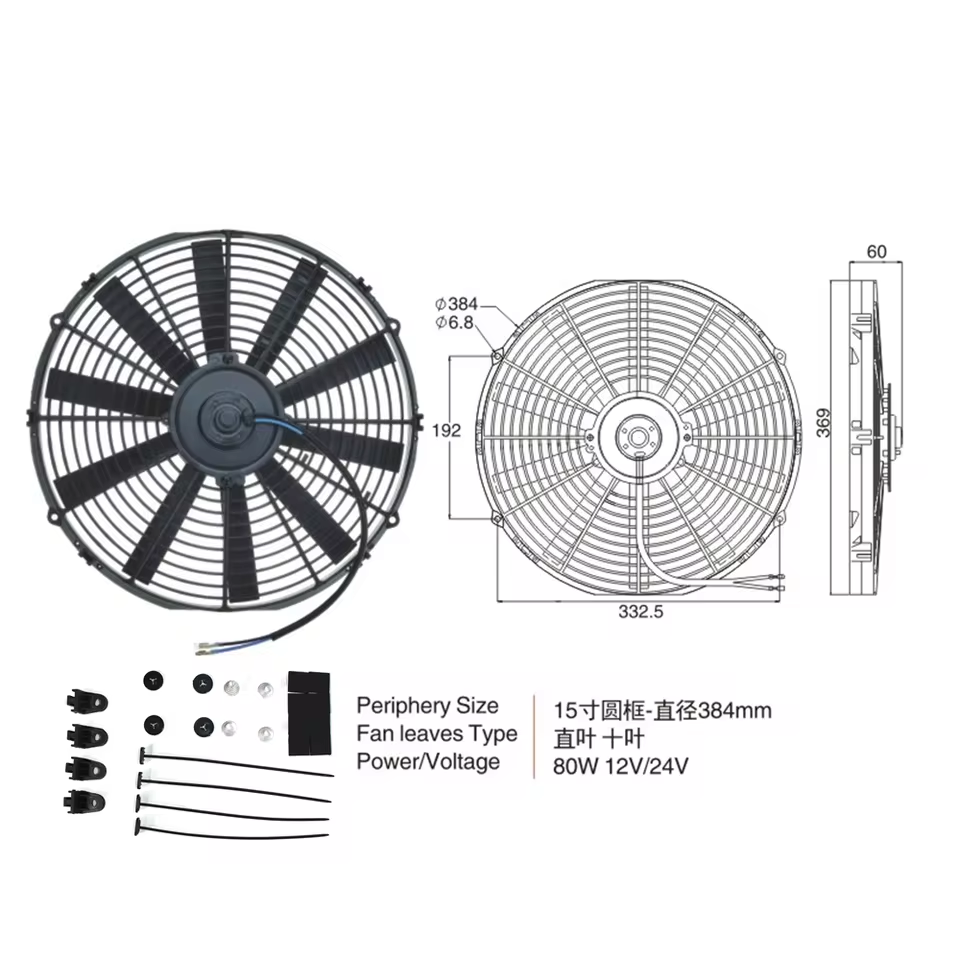
Energy Efficiency and Cost-Saving Tips for Motorcycle Riders
A motorcycle air conditioner can impact fuel efficiency and battery life if not used wisely. Here’s how to save energy and money:
- Use Smart Power Management:
- Turn off the unit when stationary or in shaded areas. For example, during traffic jams or short stops, disable the motorcycle air conditioner to conserve power.
- Opt for models with auto shut-off features that deactivate the system after a set period of inactivity.
- Upgrade to Energy-Efficient Models:
- Look for units with low wattage and high cooling-to-power ratios. Modern motorcycle air conditioners often use advanced technologies like Peltier cooling, which consumes less energy than traditional compressors.
- Consider solar-powered options if your bike has a compatible charging system. Solar panels can reduce reliance on the bike’s battery, extending its lifespan.
- Combine with Passive Cooling:
- Use wind-enhanced kits or light-colored gear to reduce reliance on active cooling. For instance, a reflective jacket or helmet can deflect sunlight, minimizing heat absorption.
- Adjust your riding posture to maximize natural airflow, such as angling your body to catch wind on highways.
- Maintain the System Regularly:
- Clean filters monthly and inspect wiring to prevent energy waste. A clogged filter forces the motorcycle air conditioner to work harder, increasing power consumption.
- Ensure the unit is properly mounted and secured to avoid vibration-related inefficiencies.
- Plan Long Rides Strategically:
- Charge the unit fully before heading out and take breaks to recharge. For example, park in shaded areas during midday heat to allow the battery to cool and recover.
- Use route-planning apps to avoid congested areas where the motorcycle air conditioner may need to run continuously.
By adopting these strategies, you’ll enjoy a cooler ride without compromising fuel economy or battery life. Prioritize energy-efficient models and mindful usage to balance comfort and cost.
Final Thoughts: Choosing the Right Air Conditioner for Your Ride
A motorcycle air conditioner is a game-changer for riders who want to stay comfortable in all weather conditions. By understanding the types, features, and installation requirements, you can select a system that meets your needs and enhances your riding experience. Whether you opt for a portable motorcycle air conditioner or an integrated solution, prioritize quality, compatibility, and maintenance to ensure long-term performance.
From choosing the best air conditioner filters to troubleshooting common issues, this guide equips you with the knowledge to make informed decisions. With the right setup, your motorcycle air conditioner will keep you cool, focused, and ready for every adventure. Stay comfortable, ride safely, and enjoy the open road!

